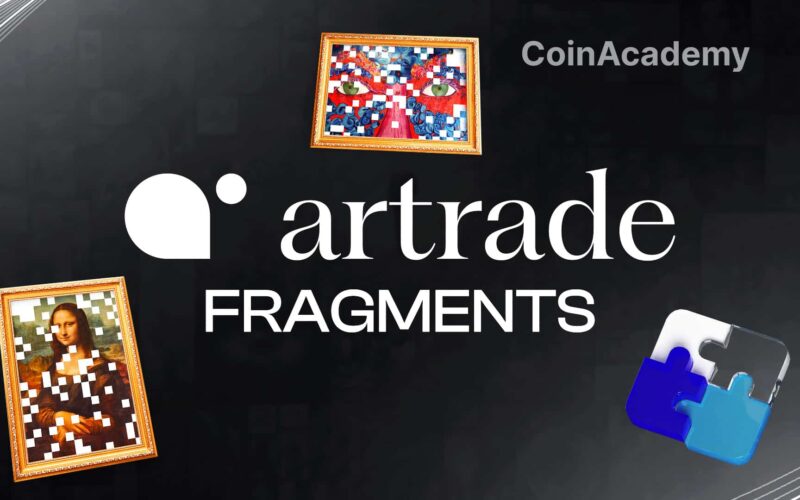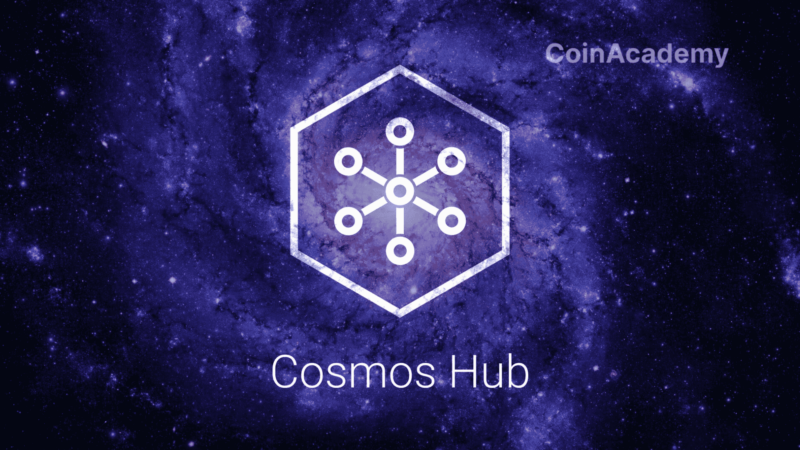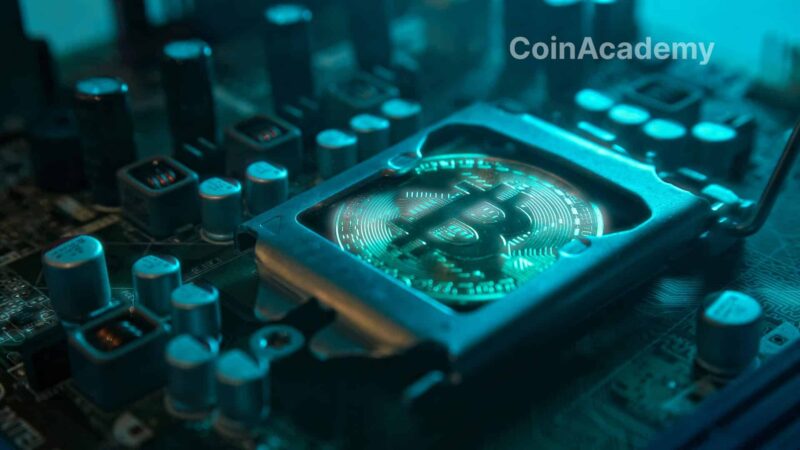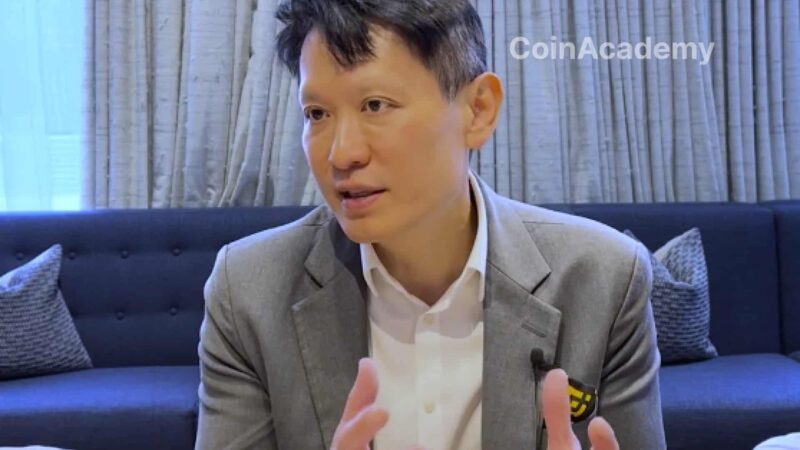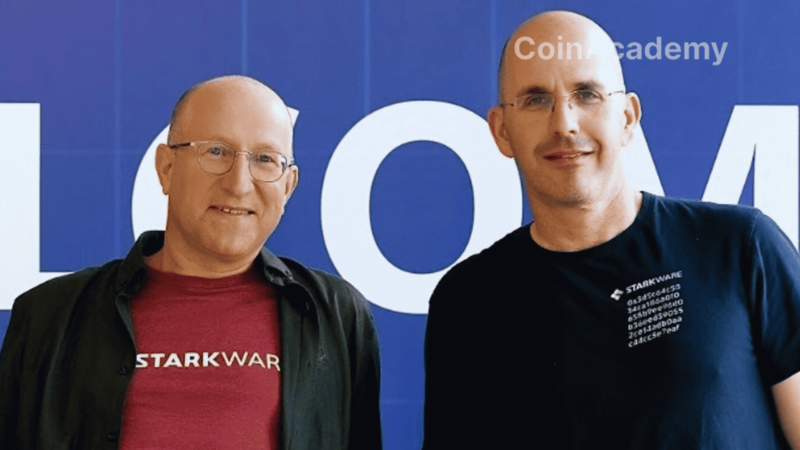The traditional art market, valued at over $65 billion, poses numerous obstacles, including high prices and limited access for ordinary investors, making the acquisition and sale of artwork inaccessible to many.
Artrade: Making Art More Liquid and Accessible
Artrade, an RWA art marketplace, has taken art trading to a whole new level with its new feature called “Fragments“. This feature makes the market much more liquid and accessible for small portfolios.
This article is brought to you in collaboration with Artrade (learn more)
Artrade Fragments – Making Art More Accessible:
- Artrade is an RWA project that allows for the tokenization of real-world artworks.
- Artrade Fragments will enable the fractionalization of artworks into hundreds/thousands of tokenized parts.
- Fragments will be launched in the coming weeks.
What is Artrade?
Let’s start with the concept of Artrade. Essentially, Artrade is a decentralized marketplace that aims to democratize access to art using blockchain technology.
It allows for the tokenization, purchase, and sale of real-world artworks. In other words, Artrade transforms physical artworks into RWA (Real World Assets) that are exchangeable directly on the Solana blockchain in the form of NFTs.
Another interesting aspect is the use of a protocol called “Real” (Reliable Electronic Artwork Ledger). This technology is used to guarantee the authenticity and origin of an artwork. Real records all relevant information about an artwork, such as its ownership history and transactions, directly on the blockchain.
To learn more about Real 👉 click here
As you can see, the main idea is to make the art sector much more accessible, transparent, and liquid through blockchain.
Now, Artrade is about to introduce a brand new feature: “Fragments,” which are fractionalized shares that anyone can buy and sell without needing large sums of money. Let’s delve into the details of this technology 👇
Fragments: Making Art Investment Accessible to Small Portfolios
Fragments are fractional parts of artworks that allow everyone to invest with much smaller amounts than if they were to buy an entire artwork.
Think of them as tokens that represent a portion of the ownership of the artwork, secured by the blockchain. When you buy a Fragment, you theoretically become the owner of a fraction of that artwork, proportionate to your investment.
More specifically, you become the owner of a token that is associated with the artwork. Artrade will hold the physical artwork in a secure warehouse specialized in art preservation.
Let’s take a concrete example: suppose a painting costs 1 million euros. Artrade divides the painting into 1 million tokenized Fragments. Each Fragment is then worth 1 euro. You can buy as many Fragments as you want, according to your budget.
Initially accessible through a presale with a minimum purchase of $500, these tokens will later be tradable on decentralized exchanges (DEX) without any minimum investment!
Here’s what this fragmentation offers:
- Accessibility: anyone can invest in art, even with small amounts.
- Liquidity: Fragments can be bought, sold, or exchanged on any decentralized exchange (DEX) deployed on the Solana network.
- Security: thanks to blockchain, each transaction is secure and transparent.
It’s worth noting that the first offering of Fragments will concern an artwork created by a “renowned artist” who is among the top 10 in the world. The project specifies that each token (Fragment) will follow a 1:1 ratio with the artwork’s dollar price. For example, if the artwork is valued at 1 million dollars, there will be 1 million tokens created, each worth one dollar.
Like any token, the value of Fragments can increase or decrease depending on the popularity and value of the artwork.
Artrade mentions that Fragment holders who participated in the presale will receive numerous benefits, such as access to ATR token airdrops, whitelists, a private club, and offline events where the artwork will be exhibited.
How Does the $ATR Token Maintain Artrade’s Economy Balance?
The ATR token is the native currency of the Artrade project. Initially launched on the Binance Smart Chain (BSC) through an ICO in 2022, it was recently (in February 2024) migrated to the Solana blockchain to integrate with the platform.
Note that the max supply (maximum quantity) of ATR has been set at 1.8 million tokens.
Let’s now look at the important functions of ATR:
- Transactions: ATR is used to buy and sell artworks on the platform.
- Staking: ATR holders can stake their tokens to contribute to the platform’s operation and earn annual returns (APY).
- DAO (Governance): Stakers can participate in the governance of the platform by voting on proposals using their ATR tokens. They have the opportunity to influence the development of the protocol.
- Rewards: Eventually, ATR holders will be eligible for various forms of rewards, such as badges, access to exclusive features, and more.
But that’s not all. Artrade has implemented a burn program for the ATR token to control its long-term supply.
Every day, 5% of the platform’s commissions are used to buy back tokens from the market, which are then burned, meaning permanently removed from circulation. As this mechanism reduces the total number of tokens in circulation, it increases their scarcity and potentially their value.
